
What happens when a pair of nuclear-armed powers abandon restraint? In late October 2025, US President Donald Trump announced plans for the resumption of nuclear weapons testing for the first time in more than three decades, citing “other countries’ testing programs” as justification. Within hours, the Kremlin shot back with a grim warning: if Washington breaks the moratorium, Moscow will follow suit. The exchange has sent a jolt through an already tense strategic landscape, in which Russia’s atomic posturing and advanced weapons tests collide with US policy shifts.
For years, Vladimir Putin has wielded nuclear threats in an effort to deter NATO from supporting Ukraine through a mix of rhetoric and demonstrations of new systems like the Burevestnik cruise missile and Poseidon underwater drone. Trump’s announcement marked a willingness to push back against such intimidation-but it also opened up the prospect of a destabilizing arms race. The following ten stories outline how this confrontation is playing out-and why it really matters for global security.
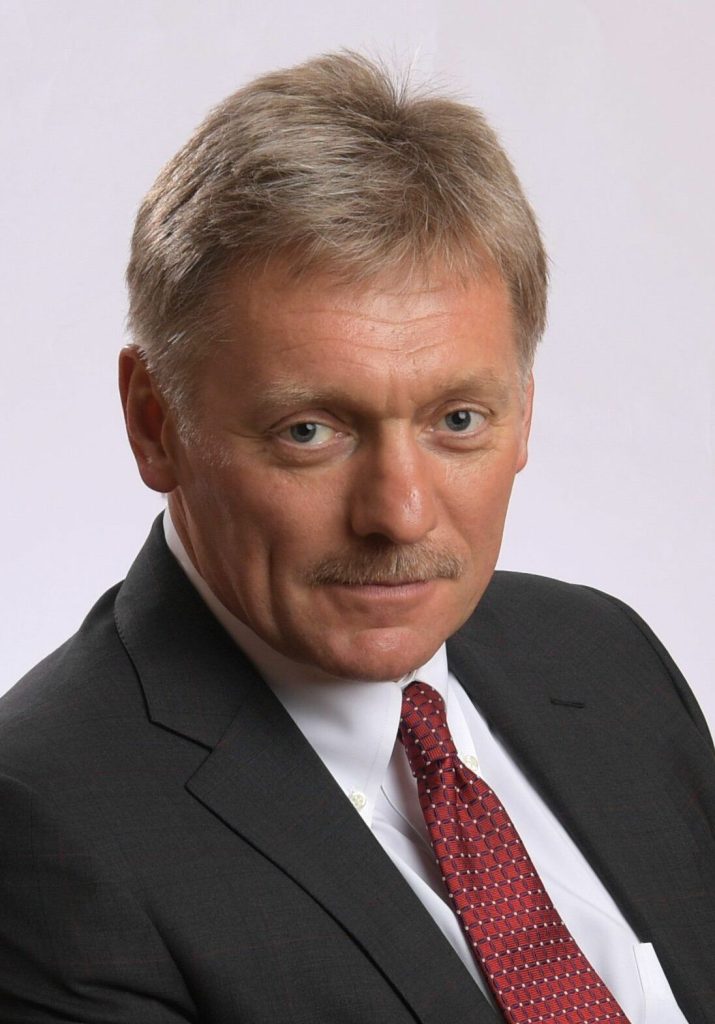
1. Kremlin’s ‘Immediate Warning’
The reaction of the Kremlin’s spokesman, Dmitry Peskov, was univocal: “If someone abandons the moratorium, Russia will act accordingly.” It underlined that Moscow was ready to match U.S. nuclear tests and end a de facto pause observed since the early 1990s. That warning came with no active arms control talks between Washington and Moscow, and Peskov said there were no proposals on extending the New START treaty. In that lack of dialogue, the risk increases that tit-for-tat actions spiral without diplomatic guardrails.

2. Russia’s Burevestnik Cruise Missile
Putin himself had overseen exercises that included the test launch of the Burevestnik, NATO codename Skyfall. The nuclear-powered missile had flown 14,000 km in a 15-hour test with manoeuvrability to dodge missile defenses, said Russian military chief Valery Gerasimov. Western experts are skeptical because there have been a number of failures and safety incidents during testing, including one 2019 accident that killed five scientists. Still, Moscow is advertising the system as having “unlimited range” and capable of striking anywhere from Russian territory.

3. Poseidon Underwater Drone
The Status-6, or Poseidon nuclear-powered torpedo, is designed to deliver a warhead upwards of 100 megatons. Russian media claim it could generate a massive radioactive wave capable of devastating coastal cities. President Vladimir Putin said the test of a nuclear power unit from a carrier submarine had been carried out successfully and called it a “huge success.” Analysts said if deployed into the world’s oceans, it will cause an environmental catastrophe, with models suggesting thousands of square kilometers would become uninhabitable.
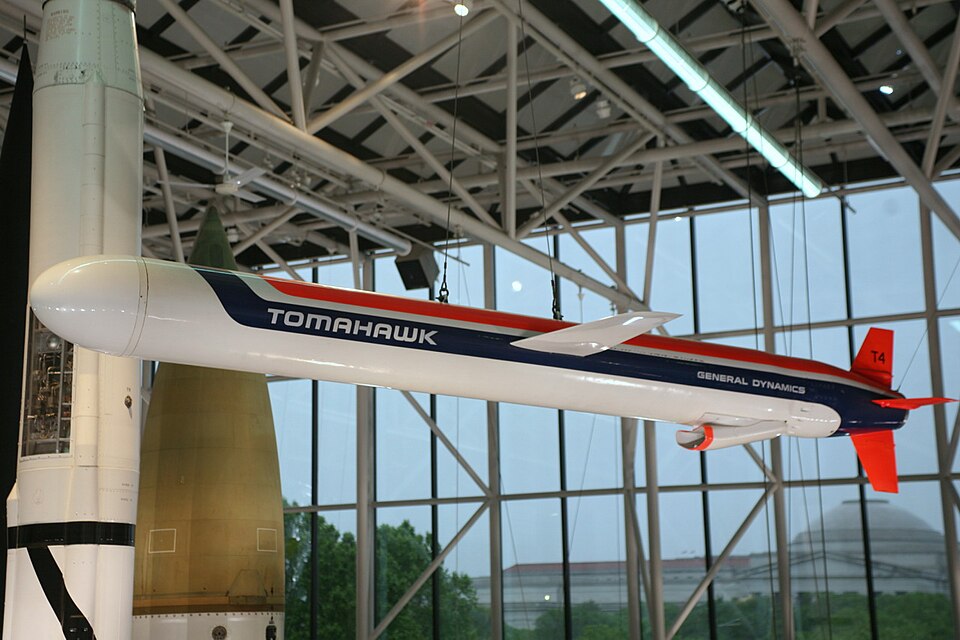
4. Tomahawk Missiles as a Red Line
US-made Tomahawk cruise missiles are a stated Moscow red line in Ukraine. Former President Dmitry Medvedev said they could be mistaken for nuclear variants and created “catastrophic consequences” for Trump personally. With a range as much as 2,500 km, Tomahawks would allow Kyiv to reach deep into Russia, raising the ante on the Kremlin’s concern about losing its strategic advantage. Past Russian red lines over arms deliveries have often proved empty when breached.

5. US Nuclear Test Preparedness
While Trump ordered the resumption of nuclear testing immediately, the National Nuclear Security Administration has only a 36-month-readiness timeline for underground tests. The Nevada National Security Site – where the last US test took place in 1992 – would have to be heavily reinvested in before it could operate again. The Stockpile Stewardship Program has annually certified the safety and reliability of warheads without explosive tests, reducing the technical need to resume them.
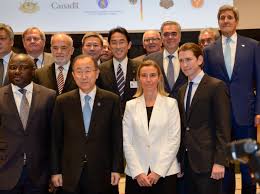
6. Global Treaty Implications
The Comprehensive Nuclear Test Ban Treaty, signed by 183 countries, bans all nuclear explosions. The US has signed, but not ratified; Russia revoked ratification in 2023. Resuming tests would undermine the normative power of the treaty and may induce China, India, and Pakistan to follow suit. Arms control advocates warn that this would erode non-proliferation frameworks and accelerate a multistate arms race.

7. Environmental and Health Hazards
Past US atomic tests sowed a legacy of radioactive illness among “downwinders” in Nevada, Utah, and beyond, with over $2.7 billion paid out in federal compensation so far. Even underground tests risk leakage; winds and rainfall spread contamination. Nevada’s lawmakers have passed resolutions opposing any resumption for moral and public health costs.

8. Strategic Signalling to China
The announcement came just hours before Trump met Chinese President Xi Jinping in Japan, which many analysts saw as a calculated signal. Beijing’s Foreign Ministry called on Washington to honor its commitments to the CTBT. US intelligence has accused China of possibly conducting low-yield tests at Lop Nor, fueling suspicions that Trump’s move was an attempt to secure leverage in nuclear or trade negotiations.
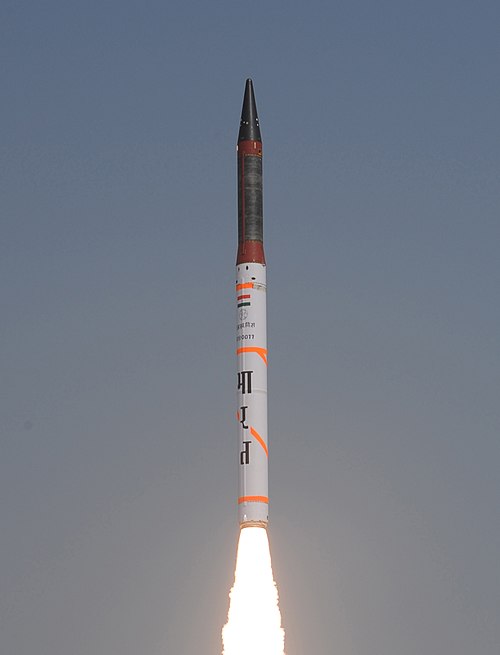
9. Belarusian Oreshnik Deployment
The ally of Russia, Belarus, intends to start deploying the Oreshnik intermediate-range missile-carrying multiple nuclear warheads by December 2025. According to Kremlin framing, this is a response to European “Russophobic” policy. Deployments such as these extend nuclear pressure points beyond the dynamics between the US and Russia, further complicating the deterrent posture of NATO.
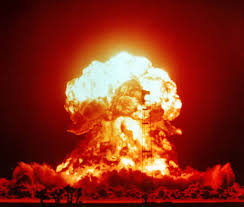
10. Arms Race Dynamics
The combination of US testing plans and the unveiling by Russia of new nuclear systems marks a shift toward qualitative and quantitative competition. The bipartisan Strategic Posture Commission urged expansion of the US strategic arsenal, but not a resumption of explosive tests. Without renewed arms control, both sides risk being locked into an expensive and dangerous cycle of escalation. The nuclear standoff between Trump and Putin is about more than a clash of personalities; it represents a fateful convergence of strategic ambition, technological brinkmanship, and collapsing arms control norms. Every weapons test, policy announcement, and retaliatory threat chips away at decades of restraint, ratcheting up the stakes for miscalculation. Whether this moment becomes a turning point toward renewed dialogue or a slide into unchecked competition depends on choices to be made in the coming months-choices whose reverberations will be heard and felt far beyond Washington and Moscow.


